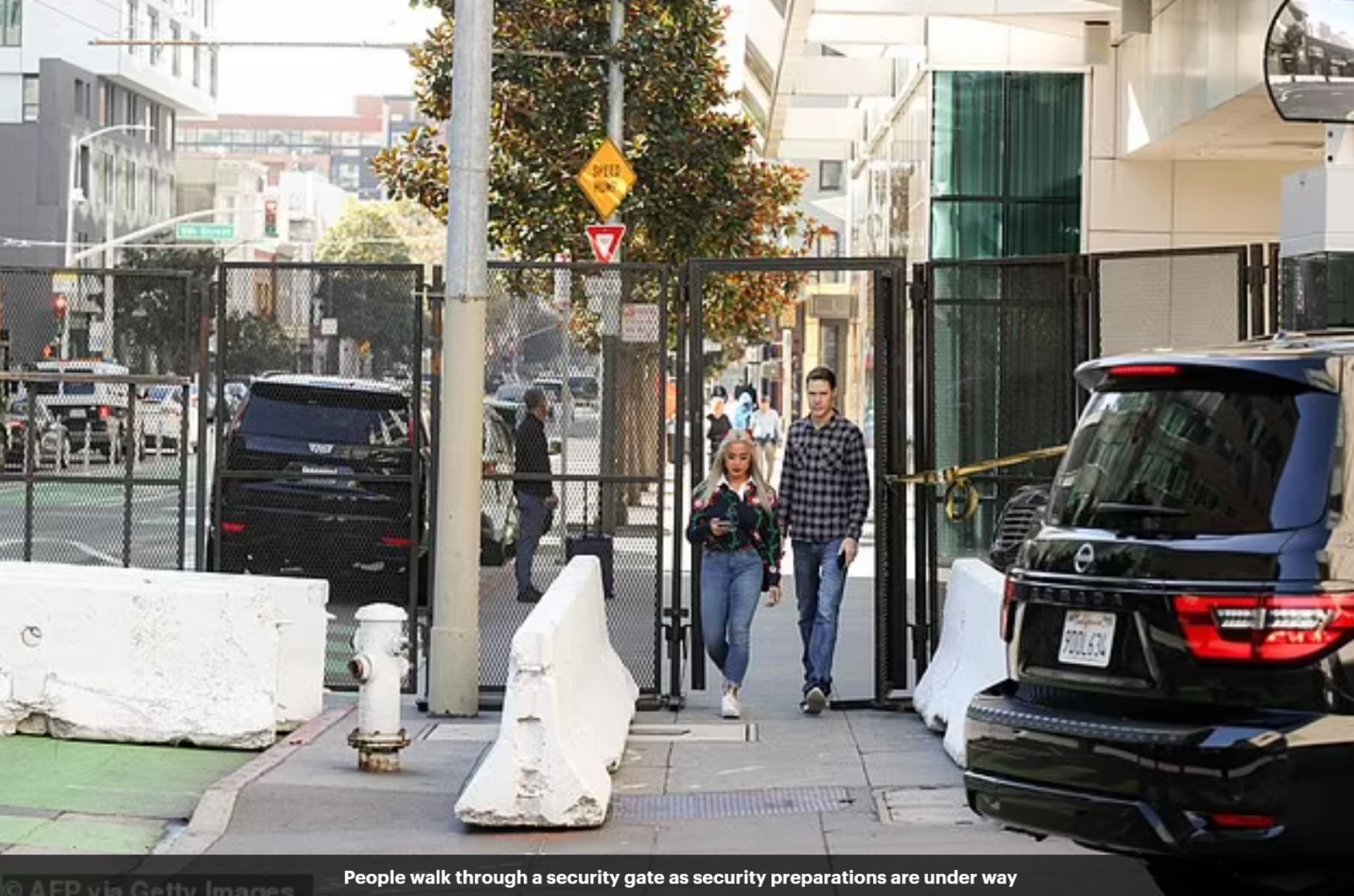Elon Musk provides inspiration for the damaged
One defining principle of our age is that a damaged human is an economically useless human. Parents weren’t nice to you? You can be mean to others for the next 75 years. Back pain at age 50 when working for the government? Retire on disability (see “A Disability Epidemic Among a Railroad’s Retirees” (NYT): “Virtually every career employee [at the government-owned Long Island Rail Road] — as many as 97 percent in one recent year — applies for and gets disability payments soon after retirement. … The L.I.R.R.’s disability rate suggests it is one of the nation’s most dangerous places to work. Yet in four of the last five years, the railroad has won national awards for improving worker safety.”) Back pain at age 50 when scraping by on minimum wage? Segue to SSDI and Medicaid-funded opioids.
Elon Musk (the book) is a good inspiration to power through the pain, both emotional and physical. Tending to confirm The Son Also Rises: economics history with everyday applications, his mom’s mom was divorced and Elon’s mom was divorced and Elon himself is now thrice-divorced. Elon’s mom could be brutally frank and Elon’s dad was just plain brutal, as was life growing up in South Africa.
His most searing experiences came at school. For a long time, he was the youngest and smallest student in his class. He had trouble picking up social cues. Empathy did not come naturally, and he had neither the desire nor the instinct to be ingratiating. As a result, he was regularly picked on by bullies, who would come up and punch him in the face. “If you have never been punched in the nose, you have no idea how it affects you the rest of your life,” he says. At assembly one morning, a student who was horsing around with a gang of friends bumped into him. Elon pushed him back. Words were exchanged. The boy and his friends hunted Elon down at recess and found him eating a sandwich. They came up from behind, kicked him in the head, and pushed him down a set of concrete steps. “They sat on him and just kept beating the shit out of him and kicking him in the head,” says Kimbal, who had been sitting with him. “When they got finished, I couldn’t even recognize his face. It was such a swollen ball of flesh that you could barely see his eyes.” He was taken to the hospital and was out of school for a week. Decades later, he was still getting corrective surgery to try to fix the tissues inside his nose. But those scars were minor compared to the emotional ones inflicted by his father, Errol Musk, an engineer, rogue, and charismatic fantasist who to this day bedevils Elon. After the school fight, Errol sided with the kid who pummeled Elon’s face. “The boy had just lost his father to suicide, and Elon had called him stupid,” Errol says. “Elon had this tendency to call people stupid. How could I possibly blame that child?”
When Elon finally came home from the hospital, his father berated him. “I had to stand for an hour as he yelled at me and called me an idiot and told me that I was just worthless,” Elon recalls. Kimbal, who had to watch the tirade, says it was the worst memory of his life. “My father just lost it, went ballistic, as he often did. He had zero compassion.” Both Elon and Kimbal, who no longer speak to their father, say his claim that Elon provoked the attack is unhinged and that the perpetrator ended up being sent to juvenile prison for it.
How about back pain, the standard American initiative-killer?
For his forty-second birthday, in June 2013, Talulah [Riley; photo below] rented an ersatz castle in Tarrytown, New York, just north of New York City, and invited forty friends. The theme this time was Japanese steampunk, and Musk and the other men were dressed as samurai warriors. There was a performance of Gilbert and Sullivan’s The Mikado, which had been rewritten slightly to feature Musk as the Japanese emperor, and a demonstration by a knife-thrower. Musk, never one to avoid risks, even needless ones, put a pink balloon just underneath his groin for the knife-thrower to target while blindfolded. The culmination was a demonstration of Sumo wrestling. At the end, the group’s 350-pound champion invited Musk into the ring. “I went full strength at him to try a judo throw, because I thought he was trying to take it easy on me,” Musk says. “I decided to see if I could throw this guy, and I did. But I also blew out a disc at the base of my neck.” Ever since, Musk has suffered severe bouts of back and neck pain; he would end up having three operations to try to repair his C5-C6 intervertebral disc. During meetings at the Tesla or SpaceX factories, he would sometimes lie flat on the floor with an ice pack at the base of his neck.
(I didn’t understand the appeal of SSDI and opioids until, at around age 50, I decided to repeatedly throw a friend’s 7-year-old onto a couch. This required a twisting motion and, the next morning, I could barely move.)
Elon Musk worked like a demon for years after this injury (I think that we can be confident that the surgeries did not render him “good as new”) and also after the malaria+Stanford misdiagnosis that nearly killed him (see previous post).
Maybe all of this damage will eventually catch up with him, but until then I think we can all look to Elon as inspiration to stop making excuses!
Full post, including comments













